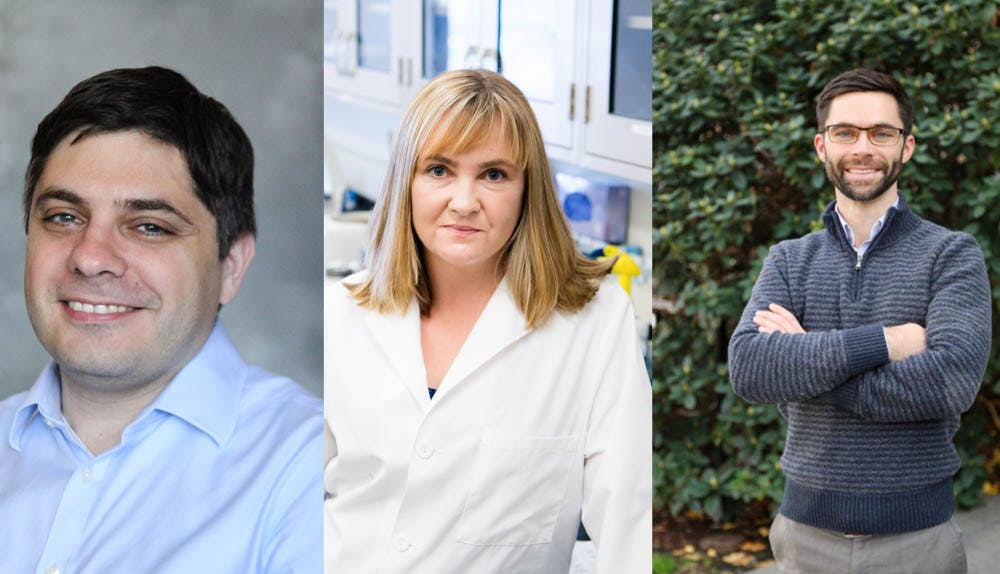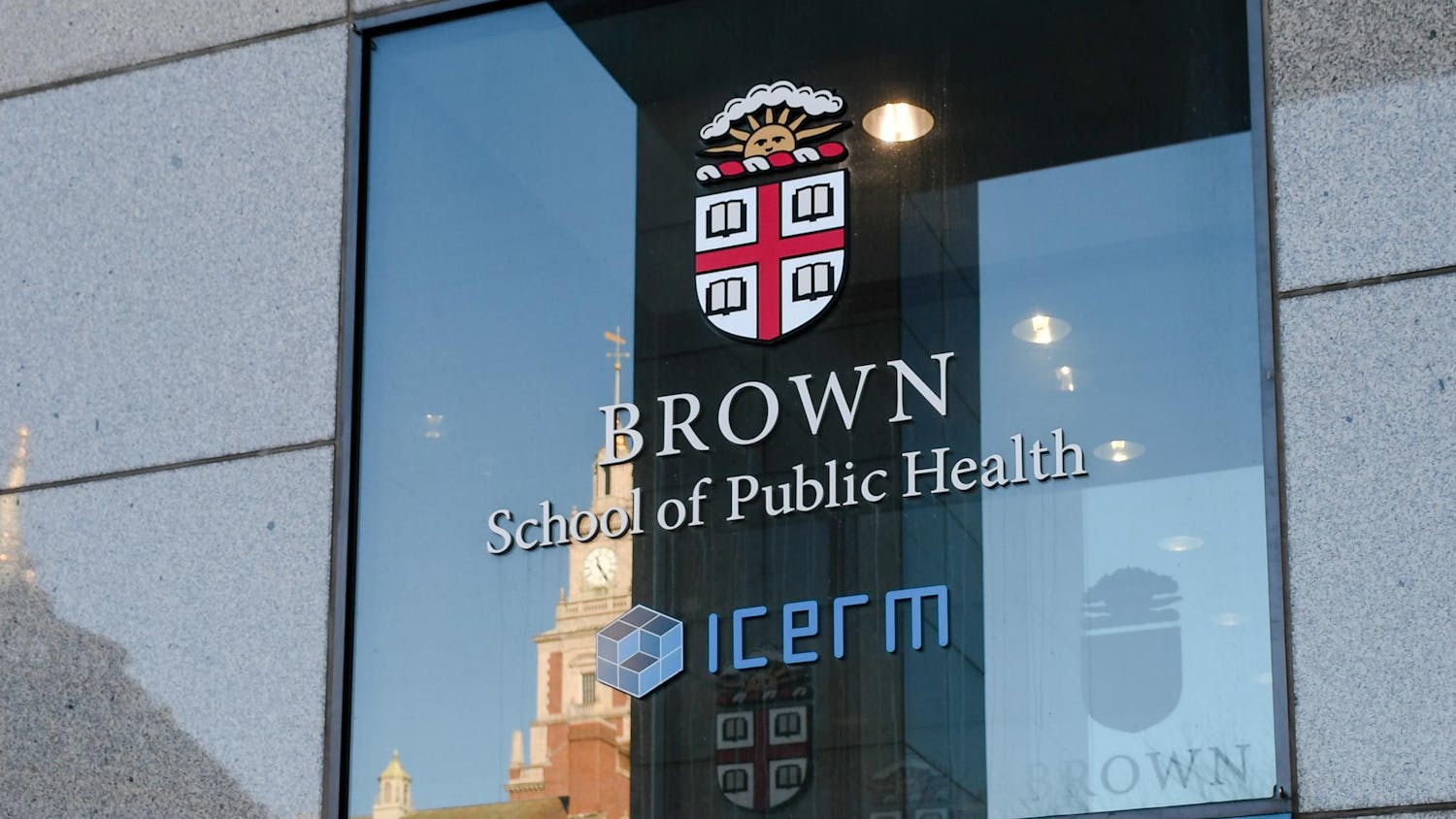Four faculty members have been awarded Director’s Fellowships by the Defense Advanced Research Projects Agency, known as DARPA. Director’s Fellowships are given to the most exceptional performers of DARPA’s Young Faculty Award recipients.
DARPA’s Young Faculty Award aims to consistently establish and sustain groups of young scientists motivated to pursue high-risk, high-reward research by pairing selected researchers with DARPA program managers and providing them with up to $500,000 in funding for a two-year period.
Assistant Professor of Engineering David Borton, Assistant Professor of Molecular Microbiology and Immunology Amanda Jamieson, Assistant Professor of Computer Science George Konidaris and Assistant Professor of Computer Science Stefanie Tellex won Young Faculty Awards in 2015, four of 24 awardees. The Director’s Fellowship will provide them with another year of funding of up to $500,000.
Borton’s lab focuses on neural engineering techniques that aim to develop prosthetic limbs that provide sensory feedback to the nervous system, something that no prosthetic limb can do yet. Currently, users can only somewhat manipulate their prosthetic limbs.
“The only feedback that people get from their prosthetic legs is from the stump, which is where the end of the body meets the start of the prosthetic limb,” Borton said. “Learning about how nerves … recognize where the limb is and what the limb is doing … is especially important for people with lower limb loss because when you have a prosthetic leg, you don’t know where it is in space, and you have a tendency to fall more often.”
In the two years of research funded by the Young Faculty Award, Borton’s lab has successfully developed computational models necessary to recreate sensory feedback from the limbs as well as a system that can transfer this information to the spinal cord through electrical stimulation. With the extra year of funding, Borton hopes to divert his attention from the spinal cord to the brain.
“There are so many people, through no fault of their own, that are in the situation where there is a leg and arm missing, and they deserve the best technology that can help them regain senses,” Borton said.
With the funding from the Young Faculty Award, Jamieson’s lab explored the lung’s microbiome and how host organisms, bacterial infections and flu infections interact with different lung diseases. For the Director’s Fellowship, Jamieson has proposed to examine how lung infections affect healing in the skin and develop therapies to increase the healing process in the presence of pneumonia and other lung diseases.
The researches found a drastic suppression in the body’s healing response to the wounds, Jamieson said. “While we expected that responses would decrease because the immune system would be responding to two issues, it was surprising how drastic the decrease was.”
When people experience slower skin wound healing, it “increases chances of infection and lengthens hospital stays,” Jamieson said. Responding differently when treating skin wounds for people with pneumonia could potentially decrease these issues, she added.
“From a health perspective, understanding how the lung immune system happens and how we can respond to different infections and wounds at the same time is essential,” Jamieson said. “Wound healing is a huge area in terms of its impact on human health, but is very underfunded. … It is something that needs to be studied more.”
As a researcher in artificial intelligence, Konidaris explained that many AI researchers are currently failing to intelligently process both low-level tasks, like picking up and identifying objects, and high-level tasks, such as playing chess. His work focuses on building a specific way to connect these low-level tasks to high-level tasks by inventing abstract symbolic representations, allowing the robot to create accurate plans far into the future.
In his third year of research under DARPA funding, Konidaris hopes to generalize beyond one specific situation for robots and apply this method to any type of situation.
“I want to solve the questions that are most central to creating AI, and, at the moment, the most central question is, ‘How we can go beyond pixels and motors on robots?’ The reason why I focus on abstractions is because it’s so glaringly necessary (for robots) to be able to do intelligent decision making.”
Tellex’s lab specializes in human-robot interaction, discovering ways to create robots that work collaboratively with people, according to a University press release. With her funding from the Young Faculty Award, Tellex has been working on algorithms that allow robots to combine signals translated from human speech and gestures. This allows robots to execute simple fetching tasks with more speed and accuracy. With the Director’s Fellowship, Tellex will continue working on her algorithm, hoping to expand its scope, according to the press release.





